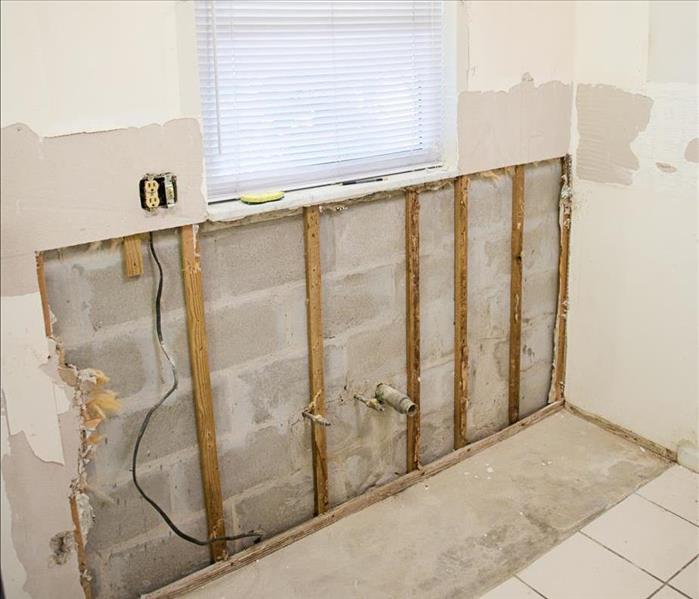Overflowed Toilet? Here's What You Need to Do to Minimize the Damage
3/15/2023 (Permalink)
 Whether it's due to a clogged toilet or a malfunctioning valve, a toilet overflow can cause significant water damage to your home or business.
Whether it's due to a clogged toilet or a malfunctioning valve, a toilet overflow can cause significant water damage to your home or business.
A toilet overflow can be a messy and stressful situation for any homeowner. Whether it's due to a clogged toilet or a malfunctioning valve, a toilet overflow can cause significant water damage to your floors, walls, and furniture. In this blog, we will discuss what to do in the event of a toilet overflow.
Toilet overflows can happen due to a variety of reasons, ranging from minor issues to more significant problems. One common cause of a toilet overflow is a clog in the pipes or drain. This can be caused by flushing items that should not be flushed down the toilet, such as feminine hygiene products, baby wipes, or excessive amounts of toilet paper. Another cause of toilet overflow is a malfunctioning valve, which may not properly regulate the water flow into the toilet bowl. Other issues that can cause a toilet overflow include a damaged sewer line, a blocked vent stack, or a damaged flapper valve. It is important to address the cause of the toilet overflow to prevent future incidents and avoid water damage to your home.
Step 1: Stop the Water Flow
The first thing you should do in the event of a toilet overflow is to stop the water flow. Locate the valve behind the toilet and turn it off to stop the water supply. If you can't find the valve, turn off the main water supply to your home. This will prevent any additional water from flowing into the toilet and causing more damage.
Step 2: Protect Yourself
Toilet water can contain bacteria and other harmful microorganisms. It is important to protect yourself by wearing gloves and other personal protective equipment. If the overflow is severe, you should also consider wearing a mask to avoid inhaling any harmful particles.
Step 3: Remove Excess Water
Using a wet/dry vacuum or towels, remove as much excess water as possible. Start by soaking up the water on the floor and then move on to the walls and furniture. Be sure to dispose of any towels or rags that come into contact with the contaminated water.
Step 4: Clean and Disinfect
After removing the excess water, it's time to clean and disinfect the affected area. Use an appropriate cleaning solution to disinfect the surfaces that have come into contact with the contaminated water. Make sure to follow the manufacturer's instructions and wear protective gloves while cleaning.
Step 5: Dry the Area
After cleaning and disinfecting the area, it's important to dry it as quickly as possible to prevent mold growth. Use fans and dehumidifiers to dry out the affected area. Open windows and doors to increase ventilation and reduce humidity.
Step 6: Call a Professional
If the overflow is severe or you are unable to handle the situation on your own, it's important to call a professional restoration company. They have the expertise and equipment to handle the situation and prevent further damage. Companies like SERVPRO of River Oaks can assist you with all your water damage cleanup needs!
In conclusion, a toilet overflow can be a stressful and messy situation. However, by following these steps, you can minimize the damage and prevent the growth of harmful microorganisms. Remember, if the overflow is severe, it's always best to call a professional restoration company to handle the situation.

 24/7 Emergency Service
24/7 Emergency Service